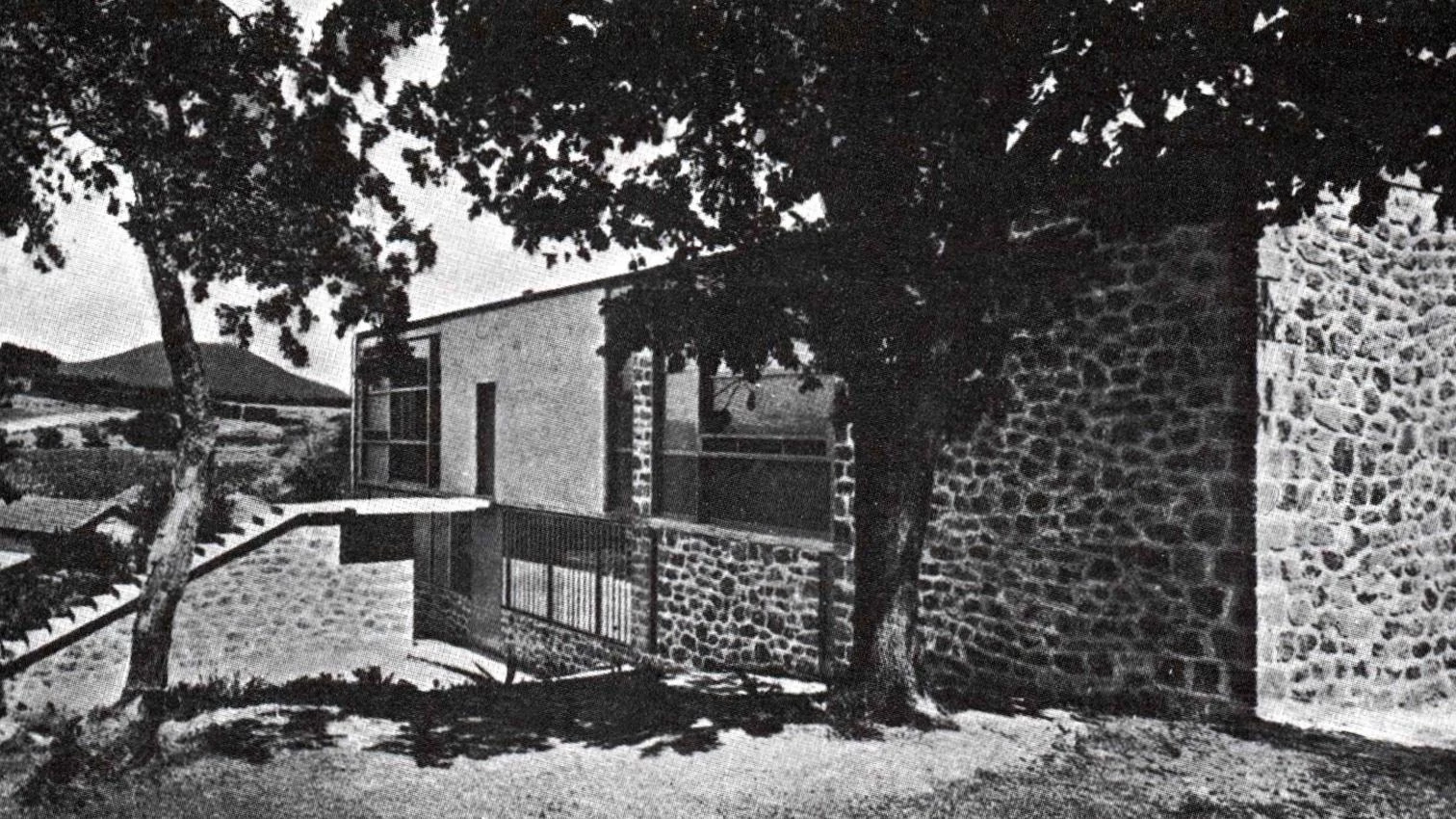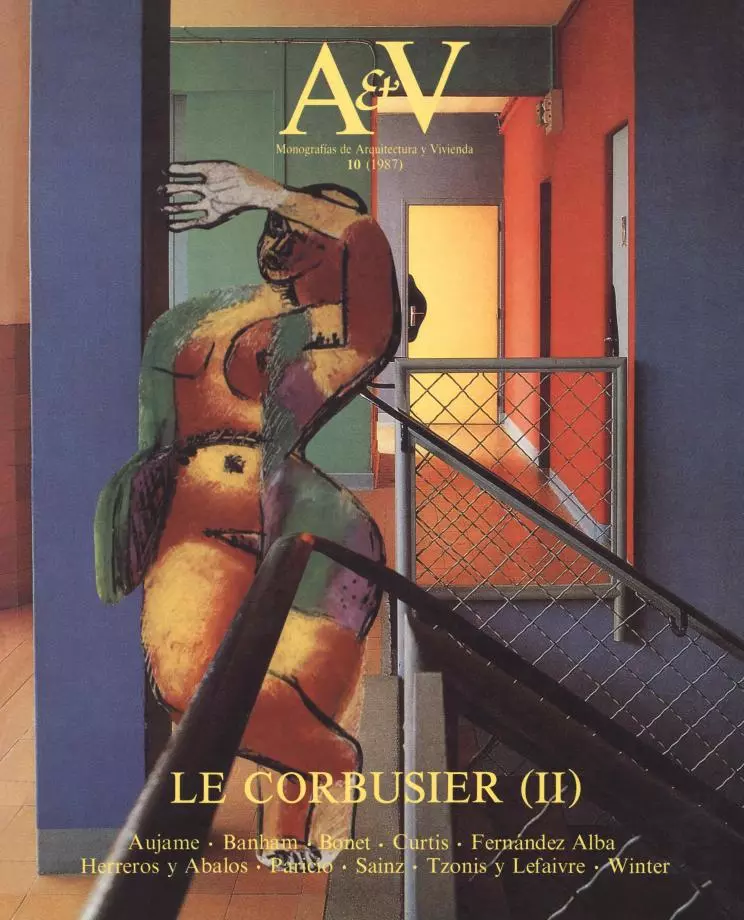
There is often a paradoxical relationship between the message behind Le Corbusier’s works and their constructive reality. The elevation of machinism to the category of an aesthetic principle, with smooth finishing and clean surfaces, represents a desire for technological sophistication rather than reality, while the Brutalist period of rough surfaces and attempted primativism coincided with an important development in technical recourses. In the following article, John Winter analyzes Le Corbusier’s work from the point of view of construction.
The decade following the publication of Vers une architecture is the period when Le Corbusier remained true to the machine aesthetic stance of his book. This period can be divided into two phases. The first is the time of the white cubes of Volume One of Oeuvre complete; the second covers the large glossy buildings of Volume Two. In 1929 Volume One is firmly closed, for after completing the design for the Villa Savoye at Poissy, he never again used white painted rendering or designed a hard-edged house. Volume Two chronicles the next five years and includes all the big impeccable glassy buildings and a couple of little houses that show the first stirrings of Le Corbusier the primitive...[+]





